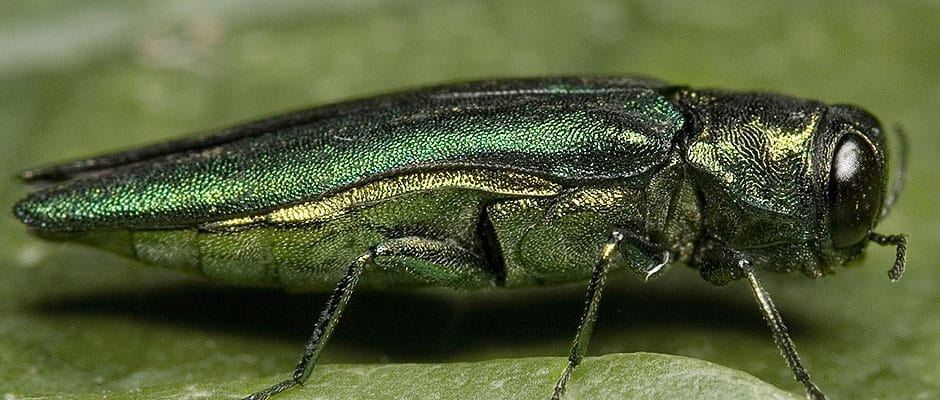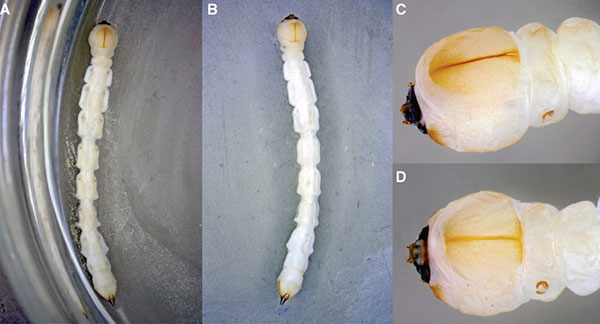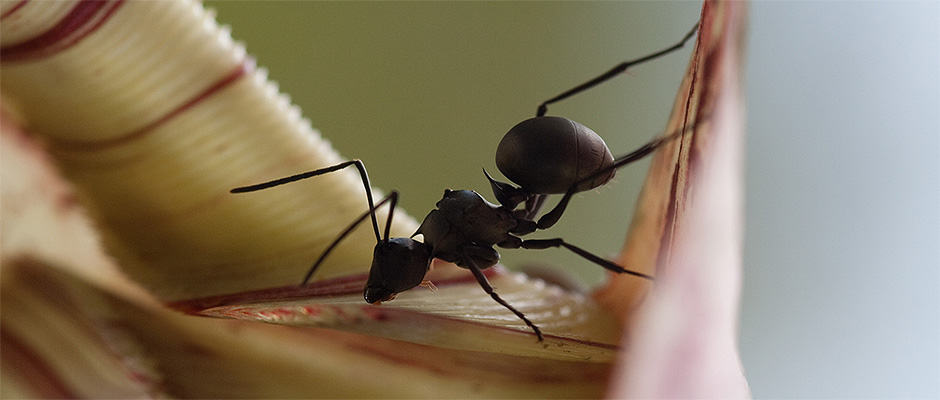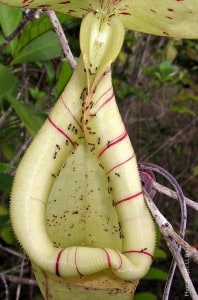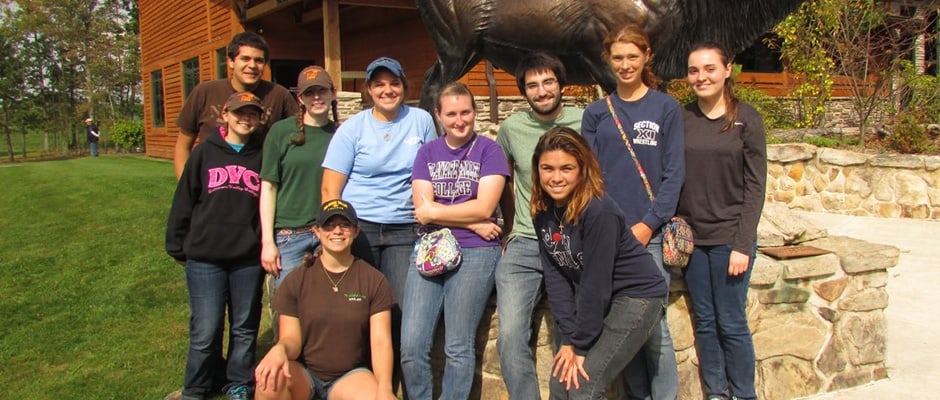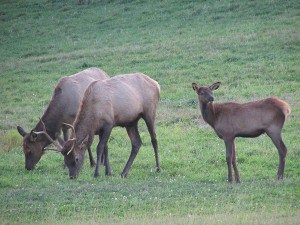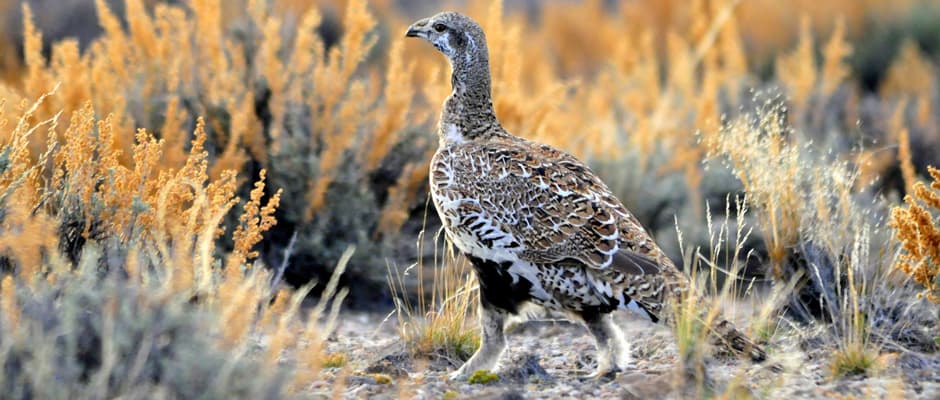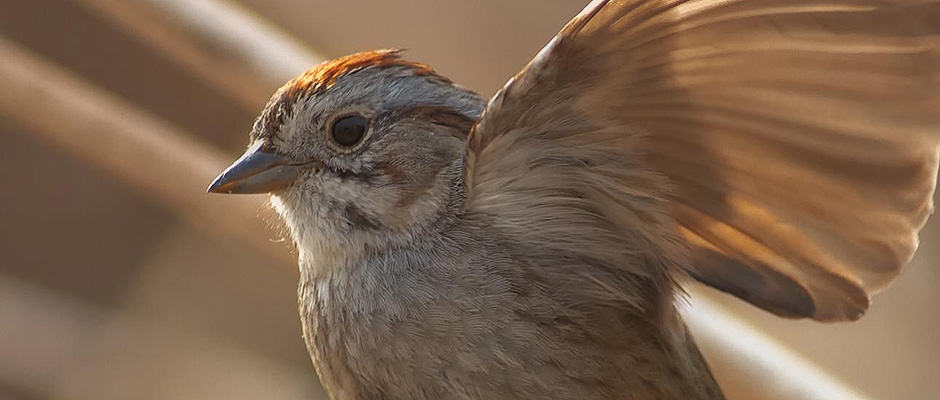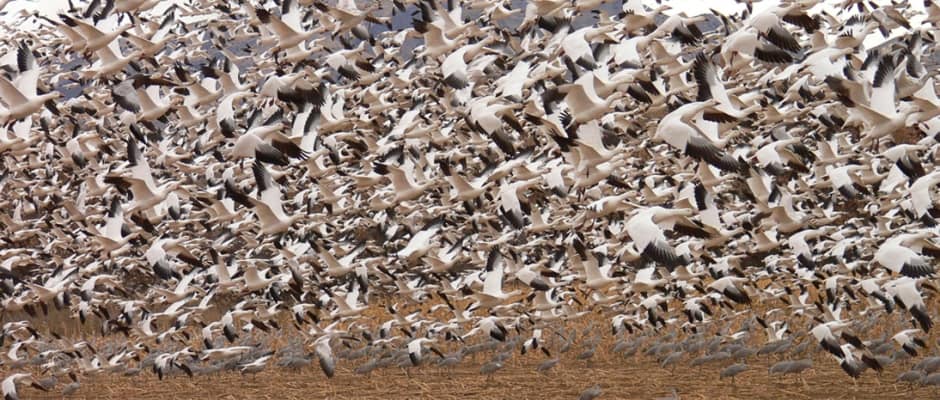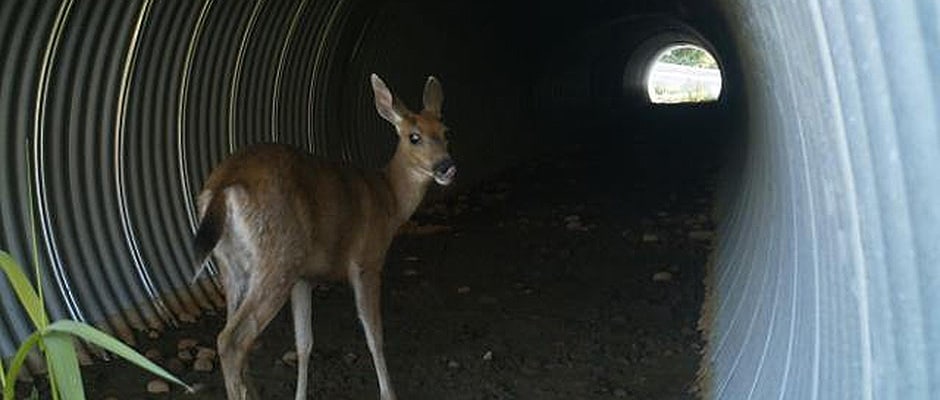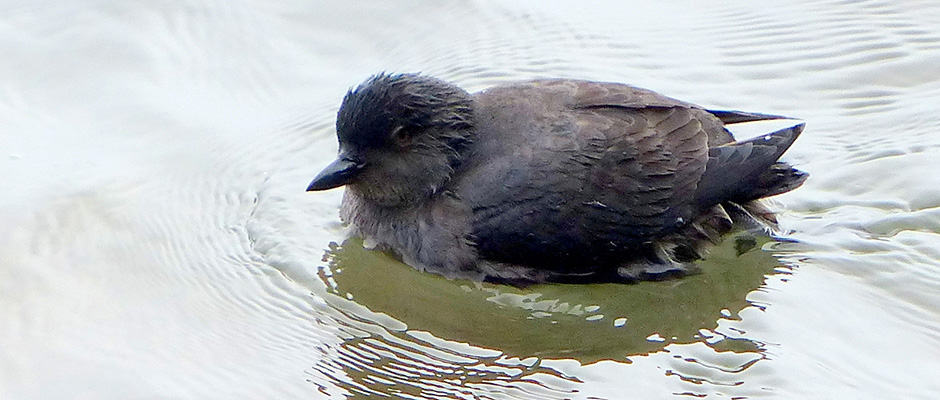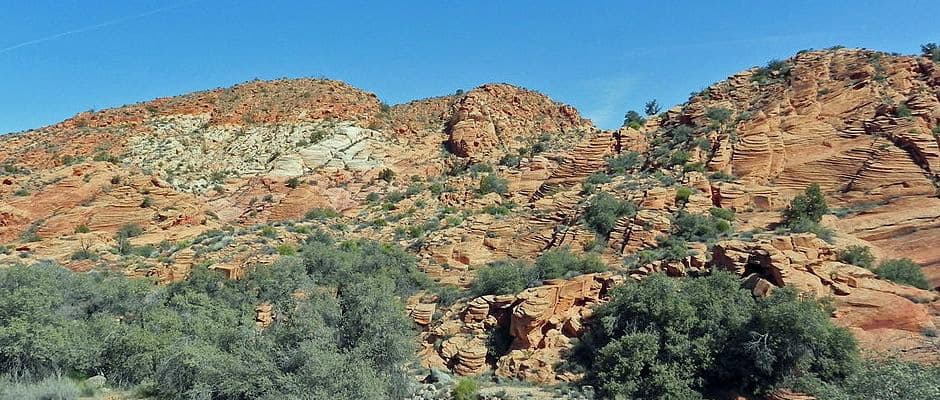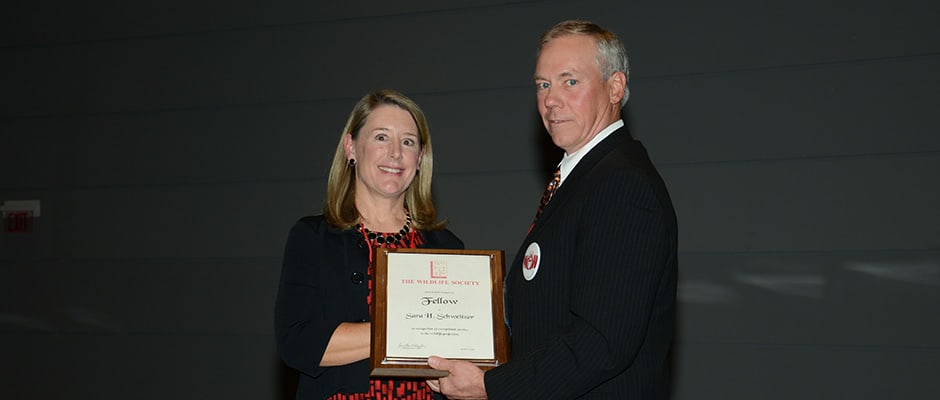
The nomination period for TWS Fellows has officially opened, with nominations due by February 15, 2015. This is your opportunity to encourage recognition of members who have distinguished themselves through exceptional service to wildlife resources and our profession.
TWS Fellows are appointed for life and serve as ambassadors for The Wildlife Society. They are encouraged to engage in outreach and other activities that will benefit and promote TWS and the wildlife profession.
To nominate a deserving individual, review the criteria and nomination process here, and then download and submit the Fellows Program Nomination Form.
At the Society’s 2014 Annual Conference in Pittsburgh, 10 deserving individuals were appointed as TWS Fellows. The Wildlife Society congratulates them for their achievement and thanks them for their contributions.
You can view the complete list of Fellows appointed since 2003 here.
Information on other TWS Awards deadlines and nominations processes will be announced on the homepage and in the Awards section here at wildlife.org, and through our members-only weekly eWildlifer newsletters.
2014 TWS Fellows
 Jane E. Austin
Jane E. Austin
Jane’s research has focused on the ecology of wetland birds and their habitat, habitat management practices, and information transfer through publications, synthesis products, and workshops. Her work includes 49 peer-reviewed publications, more than 30 reports and other products, and three workshops that were designed to provide useful information to land managers and policy makers in the U.S. Fish and Wildlife Service and other natural resource agencies. These studies often involved work across broad geographic areas of the United States that dealt with the interrelation between populations and habitats across a regional scale and the similarity of habitats, animal ecology, and problems across the northern Great Plains and Intermountain West.
 Mike Conner
Mike Conner
Mike has a distinguished record of serving TWS in a variety of capacities since 1988. A charter member of the student chapter at the University of Tennessee at Martin, he also was a member of the Mississippi Chapter from 1989 to 1993 and the Arkansas Chapter from 1993 to 1997. He is a member of the Georgia Chapter, the Southeastern Section, and the Wildlife Damage Management Working Group. Recently, Mike served as the interim secretary-treasurer for the newly formed Hunting, Trapping, and Conservation Working Group. His other TWS activities include servind as secretary-treasurer of the Southeastern Section, co-editor of a TWS technical review on prescribed fire, and member of the Editorial Advisory Board for The Wildlife Professional.
 Brian L. Cypher
Brian L. Cypher
Brian has been very active in TWS throughout his career. A member since 1980, he has participated in several subunits including the Western Section, the North Central Section, the Illinois State Chapter, and the San Joaquin Valley Chapter. He also has chaired seven sessions at Western Section annual conferences. A Certified Wildlife Biologist since 1993, Brian has held a wide range of positions including associate editor for the Journal of Wildlife Management from 2003 to 2004 and associate editor/editor for the Transactions of the Western Section from 1999 to 2004 and in 2007. For the San Joaquin Valley Chapter, he served as president, secretary, representative to the Western Section, and newsletter editor.
 Jaqueline L. Frair
Jaqueline L. Frair
Jacqui has been a TWS member for nearly a decade and has demonstrated a clear and deep commitment to the profession and the Society. She consistently publishes in TWS journals and reviews papers for the journals. Jacqui also has hosted workshops at TWS annual conferences and encourages both undergraduate and graduate students to present at local and national TWS meetings. She has been active in the New York Chapter, most recently as vice president and in a variety of working groups over the past decade. Her biggest contribution to the profession is mentoring students as the SUNY-ESF Student Chapter advisor, for which she received the Student Chapter Advisor of the Year Award in 2011. She also brings an ESF team to the Student Quiz Bowl each year at the TWS annual conference.
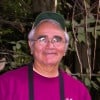 Ralph J. Gutierrez
Ralph J. Gutierrez
Ralph has been a TWS member since 1968, serving as the Humboldt Chapter Representative to the Western Section in 1981, as an appointed TWS representative to The Nature Conservancy from 1990 to 1998, as a member of the Donald Rusch Memorial Scholarship Committee from 2004 to 2006, and as a member of the Caesar Kleberg Memorial Award Committee from 2007 to 2008. He also has served as an associate editor for the Journal of Wildlife Management since 2011. Ralph was recognized as an honorary member of TWS in 2007. He also received TWS’ Publications Award in 2001 for an ecological monograph publication he co-authored on spotted owl population ecology and in 1997 for a studies in avian biology volume on spotted owl demography. The North Coast Chapter honored Ralph in 2000 with their Career Achievement Award.
 John L. Koprowski
John L. Koprowski
John has demonstrated leadership and commitment as a TWS member since 1986. He has been a member of the Arizona Chapter and the Southwest Section since 2001. Now residing in Arizona, John has become has been an active member of the state’s chapter. He has served as president-elect and president of the chapter from 2003 to 2005 and on the executive board from 2005 to 2007. In addition, John has supported the chapter as chairperson of the Awards, Plenary Program and Nomination Committees from 2003 to 2006. In 2006, he initiated a funding program for student chapter attendance at the Joint Annual Meeting (JAM) of the TWS Arizona and New Mexico Chapters and the Arizona and New Mexico Chapter of the American Fisheries Society, which still continues today. He also initiated funding for the Student-Mentor Lunch program, served as the convener and host of JAM in 2006, JAM Advisory Board from 2002 to 2009, and session moderator in 2002 and 2011.
 Joshua J. Millspaugh
Joshua J. Millspaugh
An active member of TWS since 1993, Joshua is a Certified Wildlife Biologist. He has demonstrated outstanding leadership and service in promoting TWS activities and its mission. In particular, he has been actively involved in organizing TWS conference activities. He also has been an associate editor for the Wildlife Society Bulletin and the Journal of Wildlife Management, and he has served TWS through various educational activities and working groups. Joshua has published many papers in TWS journals and other TWS publications. In 2003, he was the Midwest Fish and Wildlife Conference Wildlife Program Chair and a member of the conference executive committee.
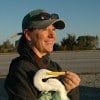 Sara H. Schweitzer
Sara H. Schweitzer
Sara has made outstanding contributions to our profession and to wildlife conservation within state agencies and academia since the early 1990s. She is an outstanding biologist at the field and laboratory level, a talented educator, and productive researcher and management specialist. The diversity of Sara’s talents is impressive and definitely noteworthy. Her research and conservation interests focus on ecology, management, and conservation of waterfowl, wading birds, seabirds, and shorebirds, especially relative to human activities and responses of avian communities to enhancement and restoration of coastal wetland habitats. Her contributions to conservation efforts in research, management, and education also have benefitted the entire species assemblages of the ecosystems in which she works.
 James S. Sedinger
James S. Sedinger
Jim joined TWS as a graduate student while attending the University of California Davis in 1977 and has remained a member for 37 years. During that time, he has been active in chapter, section, and international levels. At the state level, he served as the Northern Alaska representative to the Alaska Chapter from 1996 to 1997 and as the president-elect from 2010 to 2011 and president from 2011 to 2012 of the Nevada Chapter. As president-elect, he organized the 2011 Nevada Chapter Annual Meeting and Symposium. In 2014, the TWS Western Section recognized Jim with the Barret A. Garrison Award for outstanding mentorship.
 Thomas L. Serfass
Thomas L. Serfass
Tom is an active and dedicated TWS member who supports the overall mission and vision of the Society. He promotes a high standard of professional ethics and is committed to the development of conservation and management initiatives based on sound scientific principles. Tom has dedicated his professional life to wildlife conservation and has distinguished himself as a leader in our profession. He began his affiliation with TWS as a student at East Stroudsburg University and a student chapter member at Penn State University. He regularly attended chapter meetings and became a contributor at chapter functions and events.
